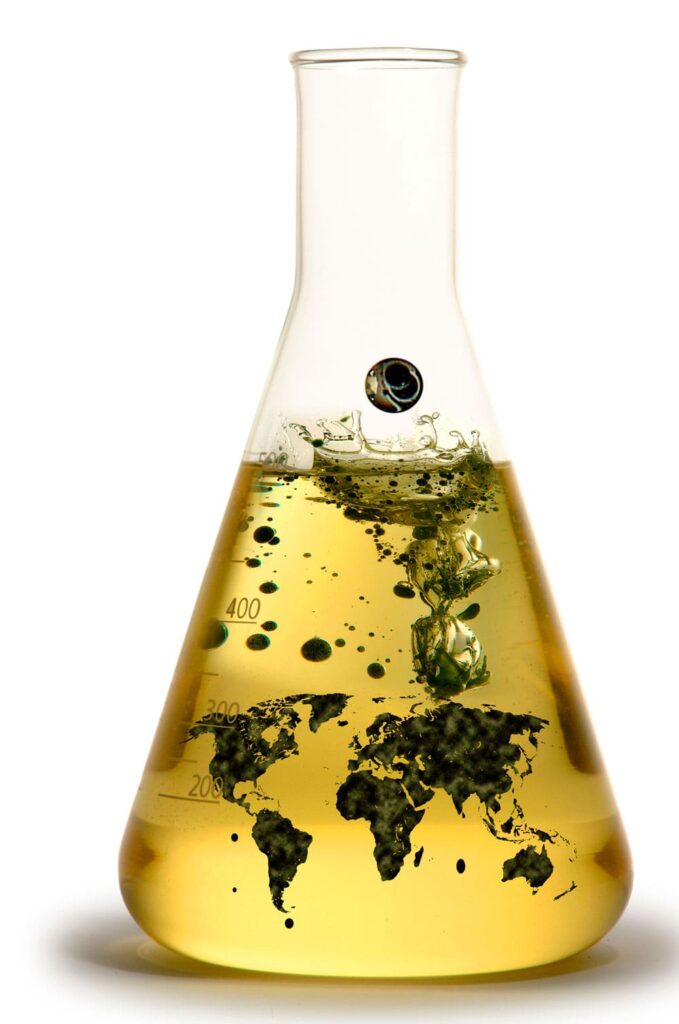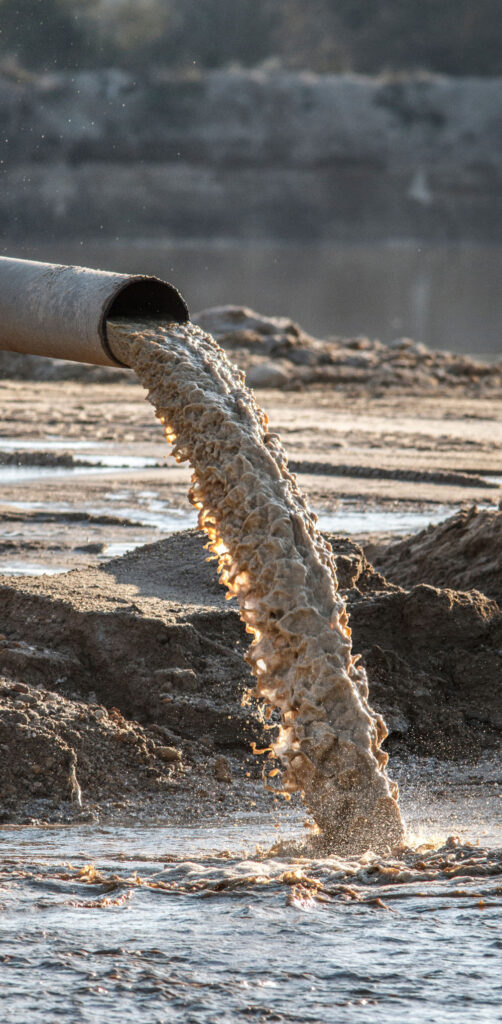
Water is one of our planet’s most precious resources, essential for sustaining all forms of life. However, water pollution has become a major environmental issue that threatens the quality of our water sources and the health of our ecosystems.

What is Water Pollution?
Water pollution is the contamination of water bodies such as lakes, rivers, oceans, and groundwater by pollutants from human activities. These pollutants can come from various sources, including industrial waste, agricultural runoff, sewage, and litter. Water pollution can have severe consequences on the environment and human health, including harming aquatic life, spreading diseases, and making water unsafe for drinking and recreation. It is important to take action to prevent water pollution by reducing the use of harmful chemicals, properly disposing of waste, and advocating for sustainable practices in all industries.
What Causes Water Pollution?
Water pollution is caused by a variety of factors, including human activities, natural events, and environmental factors. Here are some of the most common causes of water pollution:

- Industrial waste:
Industrial waste is one of the leading causes of water pollution. Chemical factories, oil refineries, and manufacturing plants release harmful chemicals and waste products into waterways. These chemicals can include heavy metals, solvents, and acids that contaminate the water and harm aquatic life. When humans consume these contaminated fish and shellfish, they can experience negative health effects, including reproductive problems and cancer. - Agricultural runoff:
Agricultural runoff is another significant cause of water pollution. Fertilizers, pesticides, and animal waste used in farming practices can leach into the groundwater and runoff into rivers and streams, polluting the water. This runoff can cause harmful algal blooms, which can produce toxins that are harmful to fish, birds, and mammals. When humans come into contact with these toxins, they can experience skin irritation, respiratory problems, and neurological symptoms. - Sewage:
Untreated sewage is a major source of water pollution. When sewage systems become overloaded or fail, raw sewage can enter waterways, spreading harmful bacteria and viruses. This can cause a range of illnesses, including gastroenteritis, hepatitis, and cholera. Additionally, the excess nutrients in the sewage can cause algal blooms, which deplete the oxygen in the water and harm aquatic life. - Litter:
Litter, particularly plastic waste, is a significant source of water pollution. When plastic waste enters waterways, it can harm and kill aquatic animals. Plastics break down into smaller and smaller pieces called microplastics, which can be ingested by fish and other marine animals. These microplastics can then enter the human food chain when we eat seafood, leading to potential health problems. - Climate change:
Climate change is causing water pollution in several ways. For example, rising temperatures can cause harmful algal blooms to thrive in waterways, which can release toxins that harm wildlife and humans. Additionally, as sea levels rise, saltwater can enter freshwater systems, making drinking water undrinkable and harming crops and wildlife.
What is the Effect of Water Pollution?
Water pollution can have severe and far-reaching effects on the environment, wildlife, and human health. Here are some of the most common effects of water pollution:

- Harm to aquatic life:
Water pollution can kill or harm fish, marine mammals, and other aquatic animals. Polluted water can cause diseases, reproductive problems, and even death. - Damage to ecosystems:
Water pollution can cause significant damage to aquatic ecosystems, disrupting the food chain and harming plants and animals that depend on healthy water sources. - Health problems:
Water pollution can cause a range of health problems in humans, including skin irritation, respiratory problems, gastrointestinal illness, and even cancer. Exposure to toxins and pollutants in polluted water can also have long-term health effects. - Economic impact: Water pollution can have significant economic impacts, including damage to the fishing and tourism industries. Contaminated water sources can also increase the cost of water treatment and cause property values to decrease.
- Water shortages: Water pollution can lead to water shortages as polluted water sources become unusable for drinking and irrigation. This can have significant impacts on agriculture, industry, and human populations that rely on clean water for survival.
Where are the Highest Polluted Water Sources?

Unfortunately, water pollution is a global issue, and there are many water sources around the world that are highly polluted. Some of the worst water sources with the highest pollution levels include:
- Ganges River, India
The Ganges River, which is considered sacred by Hindus, is heavily polluted by industrial waste, sewage, and agricultural runoff. It is estimated that up to 1.5 billion liters of untreated sewage and industrial waste are dumped into the river every day. - Citarum River, Indonesia
The Citarum River, located on the island of Java, is one of the most polluted rivers in the world. It is heavily contaminated by industrial waste, agricultural runoff, and domestic sewage. The pollution levels in the river are so high that they are hazardous to human health. - Yamuna River, India
The Yamuna River, which flows through the Indian capital of Delhi, is heavily polluted by industrial waste, sewage, and agricultural runoff. It is estimated that up to 80% of the pollution in the river comes from untreated sewage. - Pasig River, Philippines
The Pasig River, which flows through the Philippine capital of Manila, is one of the most polluted rivers in the world. It is heavily contaminated by industrial waste, domestic sewage, and litter.
- Niger River, Africa
The Niger River, which is one of the major rivers in Africa, is heavily polluted by industrial waste, agricultural runoff, and domestic sewage. The pollution levels in the river are so high that they are hazardous to human health.
It is important to note that water pollution is not limited to these locations and can be found in many water sources around the world.
Summary
Water pollution is a significant problem worldwide, caused by a range of factors that impact the quality of our water sources. It is essential to take action to prevent water pollution by reducing the use of harmful chemicals, properly disposing of waste, and advocating for sustainable practices in all industries.
By working together, we can protect our water sources and ensure a healthy environment for future generations.